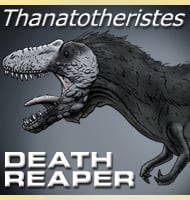Helveticosaurus
In Depth For a long time Helveticosaurus was thought to be one of the placodonts, specialist marine reptiles that lived in the Triassic seas that fed upon shellfish. However further analysis has revealed that only the vertebra of Helveticosaurus are similar to the placodonts, which has led to Helveticosaurus being re-classed as a diapsid (two … Read more

